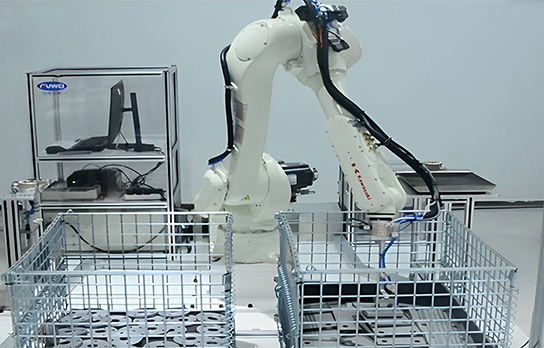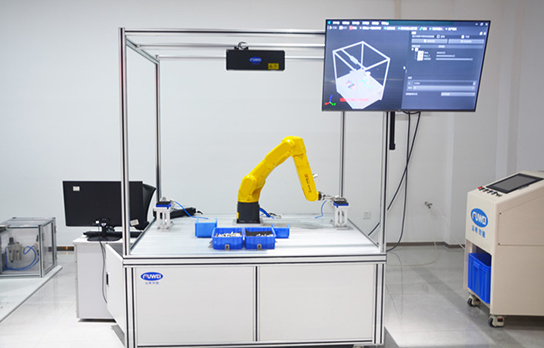With the continuous development of industrial automation and the rise of intelligent manufacturing, industrial robots need to have highly accurate perception and understanding capabilities to adapt to complex and changing production environments. In this context, 3D guidance system, with its accurate target detection and positioning, flexible adaptability, path planning and obstacle avoidance capabilities, as well as enhanced man-machine collaboration capabilities, has become one of the key technologies for industrial robots to achieve automation and intelligence.
First, target detection and positioning
With a 3D vision guidance system, industrial robots can accurately perceive and detect target objects in the work area. The machine vision system can provide information such as the accurate position, shape and size of the object, so that the robot can accurately locate and operate. This is essential for task precision and efficiency on automated production lines.

Second, highly flexible adaptability
Industrial robots need to be highly flexible and adaptable in different tasks and environments. 3D visual guidance systems can help industrial robots adjust and optimize their behavior according to the actual situation. By perceiving and understanding the scene information, the robot can better adapt to the workpiece of different sizes, shapes and positions, achieving real-time adjustment and adaptive operation.
Third, path planning and obstacle avoidance
In industrial production environment, the path planning and obstacle avoidance ability of robots are very important. Through the 3D visual guidance system, the robot can obtain the depth information of the surrounding environment and 3D scene reconstruction, so as to more accurately plan its own moving path and avoid obstacles. This can improve the safety and efficiency of the robot.

Fourth, enhance man-machine collaboration
3D visual guidance systems provide important support for human-machine collaboration. By sensing and understanding human movements and intentions, robots can interact more efficiently with human workers in collaborative tasks. This technology is important for flexible production environments and for robots working in collaboration with human workers, which can improve work efficiency and safety.
3D visual guidance systems are increasingly important in the field of industrial robotics and play an important role in various industries. With the advancement of technology and the expansion of application scenarios, this market is expected to continue to grow and bring more innovation and development opportunities for all walks of life.